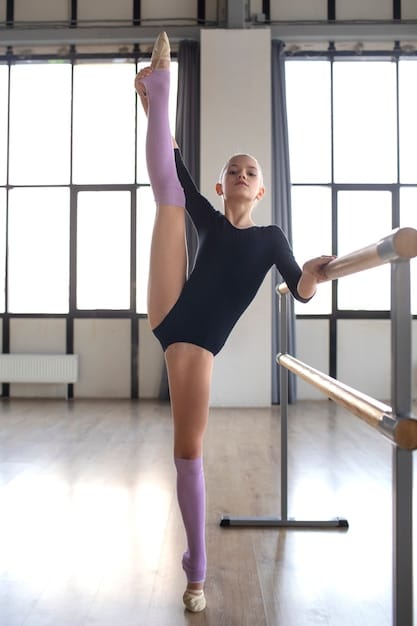
Comfort is key when it comes to wearing heels, especially for dancers who spend hours rehearsing and performing. Uncomfortable shoes can impact their overall performance and technique. Heels put a lot of pressure on the feet and legs, so it’s crucial to pick a comfy pair.
But are dance heels more comfortable? Many dancers struggle with choosing between comfort and style, and heel enthusiasts often wonder if dance heels offer better comfort.
Dance heels can be comfy, but it depends on the individual and the specific pair. Dancers need a pair that fits well and offers adequate support for long rehearsals and performances.
Tips for Finding Comfortable Dance Heels
1. Proper Fit and Size: Find dance heels that fit perfectly. Try on multiple sizes and styles to find the most comfortable one. Ensure they are neither too tight nor too loose.
2. Padding and Cushioning: Look for heels with padding in the insole and heel area for extra support and comfort.
3. Adjustable Straps and Closures: Straps and closures that can be adjusted help ensure a better fit and additional support.
4. Quality Materials and Construction: Choose dance heels made of high-quality materials to ensure durability.
5. Tape Your Toes: Taping your toes can prevent blisters and provide extra support. Wrap athletic tape around toes that are prone to blisters.
6. Wear Socks: Socks can add extra cushioning and support, helping to prevent blisters and absorb sweat.
7. Break-In Period: Some dancers need a break-in period to get used to new heels. It might be uncomfortable initially but is necessary for comfort.
The Pros of Dance Heels
1. Stylish Appearance: Dance heels add elegance and style to performances, available in various designs and materials that complement any outfit.
2. Improved Posture and Balance: Learning to wear dance heels properly can improve posture and balance, boosting performance.
3. Enhanced Technique: Wearing heels engages different muscles, enhancing technique and resulting in a more dynamic performance.
4. Versatility in Styles: Dance heels suit various styles like Ballroom, Salsa, and Hip-Hop, making them versatile.
5. Gender-Neutral: Dance heels are for everyone, including women, men, and non-binary individuals.
The Cons of Dance Heels
1. Uncomfortable Fit and Pressure: If they don’t fit properly, dance heels can be very uncomfortable, causing pain and affecting performance.
2. Risk of Injury and Blisters: Wearing heels increases the risk of injuries such as sprained ankles and blisters. Frequent use can damage feet and legs.
3. Limited Mobility: Heels can restrict mobility and make certain dance moves difficult.
4. Breaking-In Period: Getting used to new heels can be painful and take time.
5. Cost: High-quality, durable dance heels can be expensive, which might be a drawback for some dancers.
Best High-Heel Shoes for Dancing
1. Block Heels: Offer better stability and balance with a wider base.
2. Ankle Straps: Provide additional support and secure the shoes, reducing slipping.
3. Platform Heels: Have a thick sole that reduces the incline, offering more comfort and support.
4. Peep-Toe or Open-Toe Styles: Allow breathability and flexibility.
5. Comfortable Insoles: Padded insoles reduce pressure on the feet.
6. Flexible Soles: Allow better movement and adapt to different dance styles.
In Conclusion
Dance heels can be a stylish addition, but comfort is essential for performance. Since comfort is subjective, it’s important to find a pair that fits well and provides adequate support. With the right heels, dancers can perform their best while looking elegant on stage.